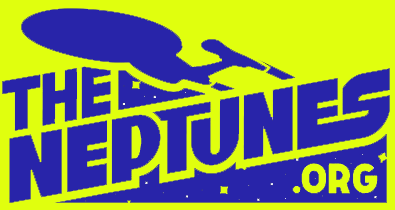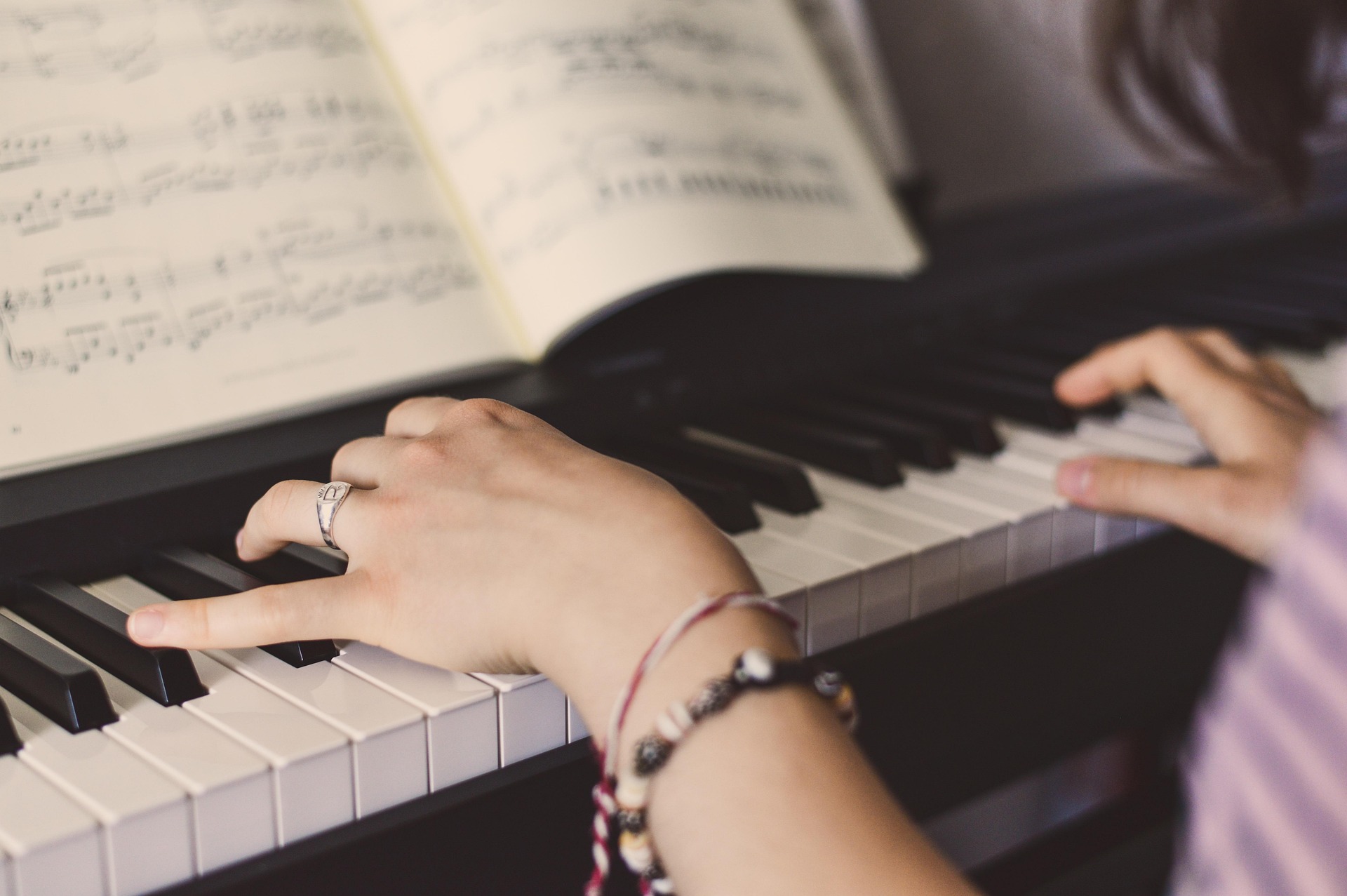Do you recall experiencing total overwhelm when viewing a musical score? You’re not alone. In the United States approximately 25% of the population reads music proficiently while another 50% cannot read music at all and 21% struggle with poor music reading skills. Mastering this skill reveals endless musical opportunities.
This guide will help beginners and intermediate musicians improve their sheet music reading abilities regardless of your current level of proficiency.
Why Sheet Music Literacy Matters
While YouTube tutorials and playing music by ear dominate today’s learning methods you may question the importance of learning sheet music reading. The answer is simple: Sheet music represents the essential language that musicians all around the world use to communicate. When you can read music, you can:
Play pieces exactly as the composer intended Learn new music more quickly and independently Understand musical theory on a deeper level Communicate effectively with other musicians
Musical literacy confronts the same obstacles today as reading for entertainment has faced throughout the last decade according to 2023 federal data. Individuals who learn to read music unlock the door to a vast musical tradition.
Understanding the Basics
The Staff
The musical staff consists of five horizontal lines together with four intervening spaces which serve as the foundation for placing musical notes. Notes placed higher on the staff produce pitches that are higher in sound.
Clefs
The clef placed at the start of the staff indicates how each line and space matches with specific notes.
Treble Clef (G Clef): The treble clef serves as the notation for instruments playing high pitches such as violins and the piano’s right hand. Bass Clef (F Clef): The bass clef serves as notation for instruments with low tones such as the bass guitar and the piano’s left-hand section.
Notes and Rests
Notes represent sounds, while rests represent silence. The shape determines duration:
Whole note/rest: 4 beats Half note/rest: 2 beats Quarter note/rest: 1 beat Eighth note/rest: 1/2 beat Sixteenth note/rest: 1/4 beat
Time Signatures
At the start of a musical piece you will find two numbers that represent the time signature.
A piece’s time signature’s top number specifies the number of beats contained within each measure. The lower number of the time signature shows which note duration corresponds to a single beat.
Key Signatures
Key signatures appear as flats (♭) or sharps (♯) at the start of a staff to show which notes must be consistently altered throughout the piece.
Beginner Techniques
If you belong to the half of Americans who lack music reading skills here’s a starting guide for you.
1. Mnemonic Devices for Note Recognition
Treble clef lines (EGBDF): “Every Good Boy Does Fine” Treble clef spaces (FACE): They spell the word “FACE” Bass clef lines (GBDFA): “Good Boys Do Fine Always” The bass clef spaces ACEG form the phrase “All Cows Eat Grass”.
2. The Landmark System
Identify key “landmark notes” to serve as your reference points for navigation.
Middle C The G note is positioned at the center of the treble clef. The bass clef features a central F note.
3. Rhythm Counting Techniques
Improve your rhythmic ability by speaking the beats aloud:
Quarter notes: “1, 2, 3, 4” Eighth notes: The eighth note rhythm pattern sounds like “1 and 2 and 3 and 4 and.”
4. Start with Simple Pieces
Begin with pieces specifically designed for beginners. Numerous music stores have simplified versions of popular songs available for purchase. For instance, the Mia and Sebastian sheet music from La La Land has beginner versions that are perfect for those looking to practice with contemporary material.
5. Daily Short Practice Sessions
Consistent practice is essential for developing music reading abilities. Daily practice sessions lasting just 10-15 minutes produce superior outcomes compared to sporadic longer practice periods.
Intermediate Techniques
These methods provide assistance to the 21% of individuals who can read music yet face challenges in fluency.
1. Interval Recognition
Instead of identifying single notes during practice sessions, concentrate on identifying the intervals (distances) between notes.
Seconds: Seconds are represented by movements from a line to an adjacent space or from a space to its adjacent line. Thirds: Line to line or space to space Fourths and fifths: Wider jumps
2. Pattern Recognition
Your ability to read music at a faster pace will improve significantly by learning common scales, arpeggios, chords, and melodic patterns.
3. Chunking Technique
Develop the skill of reading musical notes in clusters, similar to how good readers perceive words instead of separate letters.
4. Sight-Reading Regularly
Challenge yourself to sight-read new music daily. Begin with music that is slightly easier than your current skill level.
5. The One-Measure Look Ahead
Practice looking ahead by one measure during your performance to achieve seamless play.
Advanced Techniques
For those already proficient in reading music:
1. Transposition Practice
Improve your grasp of key interactions by practicing mental transposition of music to various keys.
2. Score Reading
Develop your ability to read multiple musical staves at once through orchestral scores and piano compositions with elaborate counterpoint.
3. Period-Specific Notation
Explore notation practices from various musical periods including Baroque ornamentation techniques and modern notation styles.
4. Rhythm Subdivision
Master the ability to separate complex rhythmic patterns into their basic subdivisions while keeping an even internal tempo.
5. Sight-Reading with Constraints
Impose challenges on your sight-reading practice:
Read through the music in a continuous flow regardless of any mistakes that occur. Maintaining strict tempo with a metronome
Technology and Tools
Apps and Software
Note identification apps: Use flashcards and games to help you learn notes Rhythm trainers: Interactive exercises will enable you to enhance your rhythmic abilities Sheet music readers: Display digital scores and can provide feedback
Traditional Tools
Method books with progressive lessons Flashcards for quick note recognition A metronome for developing steady rhythm
Common Challenges and Solutions
Rhythm Difficulties
If you struggle with rhythm:
Clap rhythms before playing them Count out loud while playing Use a metronome consistently
Note Recognition Speed
If identifying notes takes too long:
Use flashcards daily for quick drills Focus on landmark notes and intervals
Coordination Issues
Playing becomes difficult when your hands are unable to match the pace of your reading.
Slow down the tempo significantly Practice hands separately before combining
Maintaining Continuity
When you make mistakes you should practice maintaining your performance flow.
Utilize a metronome during practice sessions to maintain consistent timing. Set a rule: no matter what happens, keep going
The Path to Mastery
1. Diversify Your Reading Material
Your adaptability will improve when you actively explore various musical genres and levels of complexity.
2. Connect Theory with Reading
Understanding music theory enhances reading ability. Recognizing chords, scales, and musical forms leads to improved reading efficiency.
3. Join Ensemble Groups
Music performance in orchestras or bands requires a musician to keep proper timing and perform accurate reading.
4. Progressive Challenge System
Develop your own challenge system by steadily advancing difficulty levels.
Week 1: Sight-read simple pieces in familiar keys Week 2: Introduce one sharp or flat symbol into your key signature during your practice. Week 3: Increase rhythmic complexity
Conclusion
The process to reach fluency in reading sheet music demands both patience and regular practice. The 50% of Americans who struggle with music reading can ascend to proficient levels through dedicated practice and become part of the 25% who read music well.
The skill of reading sheet music lets you change how you experience music by turning passive enjoyment into active engagement with one of humanity’s greatest art forms while performing classical masterpieces or working through Mia and Sebastian sheet music from your preferred film.
Begin practicing now and observe how the unclear musical symbols start to reveal themselves as the elegant language of music.

